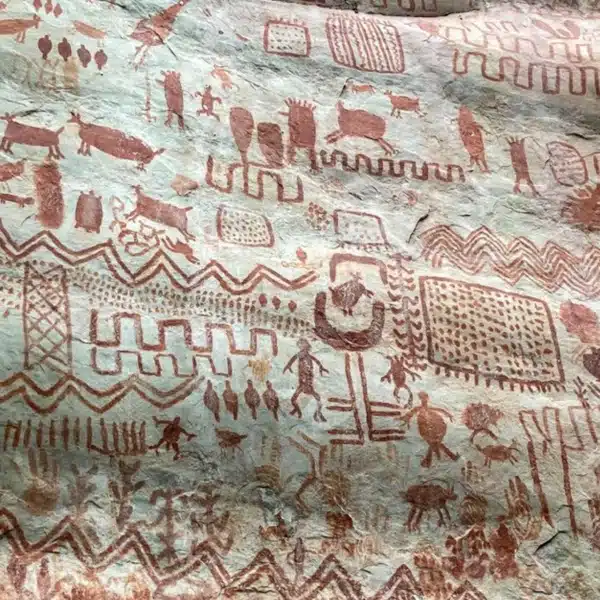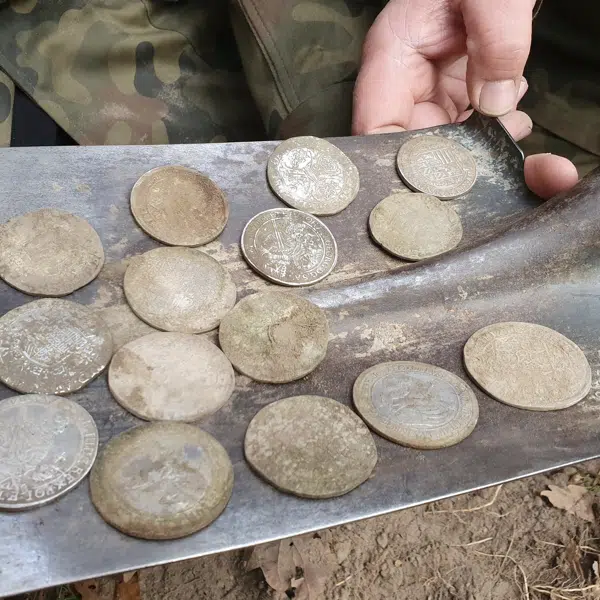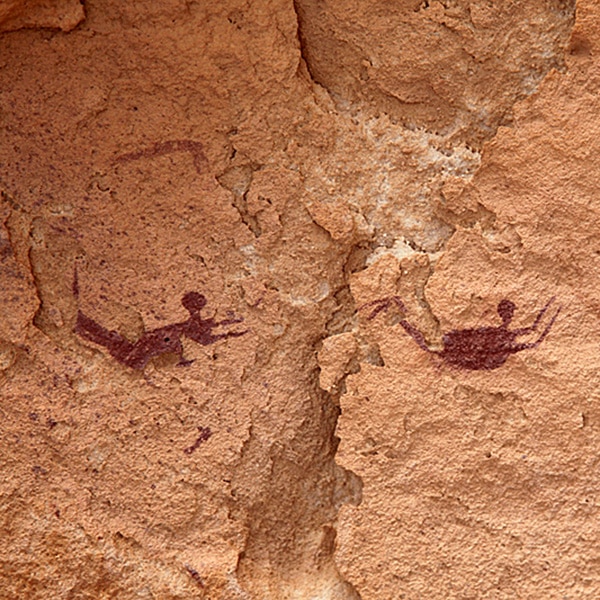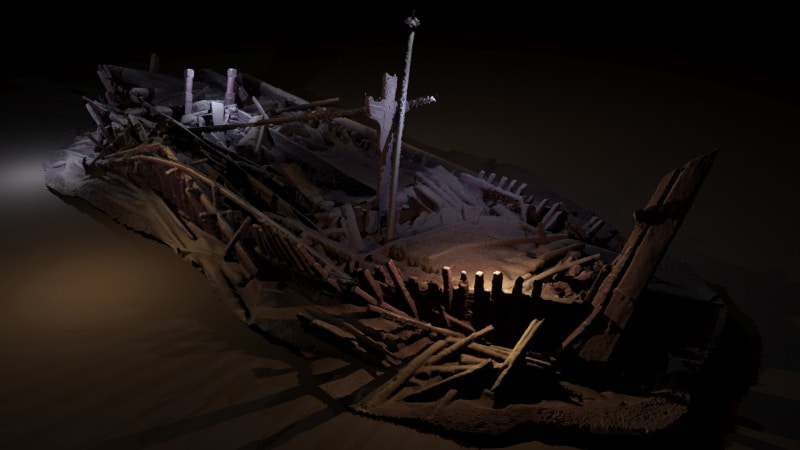
An Ottoman period wreck with well-preserved, detailed wood carvings. (Photo: Black Sea MAP/University of Southampton)
The Black Sea is the body of water that lies at the intersection of Europe and Asia. Bordered by Ukraine, Russia, Georgia, Turkey, Bulgaria, and Romania, it's connected by the Strait of Istanbul and a series of waterways to the Mediterranean. The Black Sea has long been important to the powerful empires which have occupied the region. Its fascinating history has only grown as a team of marine archaeologists has unearthed remnants of these powerful states—a collection of about sixty well-preserved shipwrecks spanning 2,500 years of world history.
The “ship graveyard” was discovered several years ago by researchers from the University of Southampton's Center for Maritime Archaeology through their project known as Black Sea MAP, funded by the Expedition and Education Foundation. The researchers are studying changes in water levels and the effects on ancient humans in the area. Discovering the wrecked vessels was incidental to their main mission. However, the archeologists have fully embraced what the sunken ships can tell us.
They partnered with the Bulgarian Institute of Archaeology and the Bulgarian Centre for Underwater Archaeology to continue investigating Bulgarian waters. Using remote-operated vehicles (ROVs), the team has explored the wrecks. Each ROV captures images, which are then used to create 3D photogrammetry (a type of visual reconstruction) and video. The detail captured is remarkable and shows things like masts, bows, and engraved decorative wood. The teams have surveyed about 60 wrecks and discovered vessels that are Roman, Byzantine, and Ottoman.
How have these wrecks survived in such good condition? The answer to their incredible preservation lies in the chemistry of the Black Sea. At about 500 feet deep, the water becomes anoxic or deficient in oxygen. It is also very low light. This is not conducive to the sort of sea life which would normally feed on sunken wood ships. As a result, the intricate carvings of the boats are almost as distinct as the day they descended from the air above.
Black Sea MAP is bringing its amazing discoveries to the wider world. Involving “advisory” schoolchildren in the research, the team has created educational resources for children and teens. While the location of the shipwrecks is secret to protect them, a film crew has also documented the exploration efforts of the past few years. These revelations will be coming to your television soon, so stay tuned on Black Sea MAP's website for more information.
A team of researchers studying the Black Sea's historic water levels discovered perfectly-preserved shipwrecks below the surface.
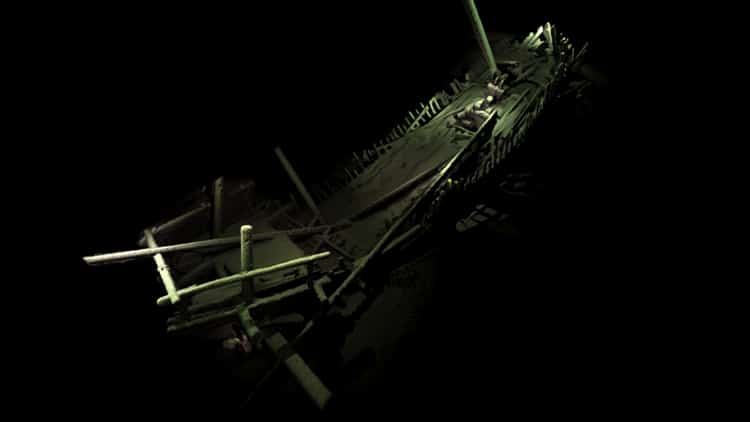
A medieval shipwreck in the Black Sea. (Photo: Black Sea MAP/University of Southampton)
The sixty or so wrecks span about two millennia, from Roman to Ottoman.
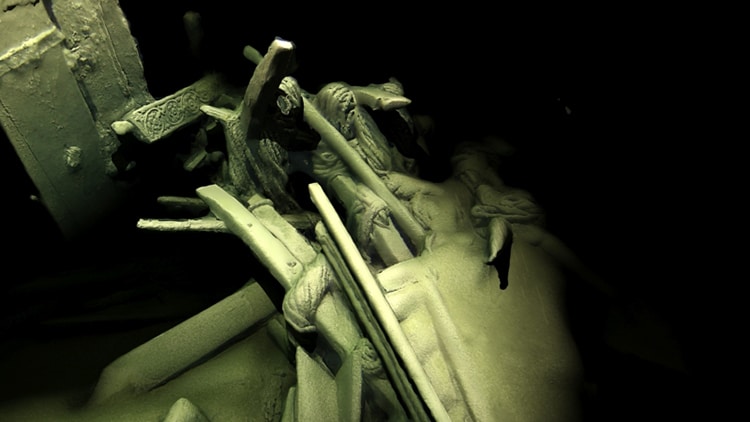
The stern of an Ottoman shipwreck discovered under 900 feet of water. (Photo: Black Sea MAP/University of Southampton)
The oxygen-deprived conditions of the deep sea have preserved the wooden vessels incredibly well.
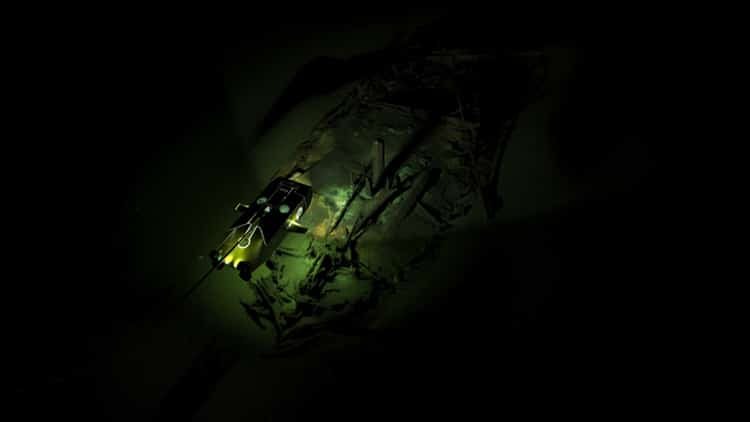
A Byzantine shipwreck is explored by the MMT Surveyor, a remote-operated vehicle (ROV). (Photo: Black Sea MAP/University of Southampton)
The Black Sea MAP team continues to investigate this haunting graveyard of ships to learn more about the former empires of the region.
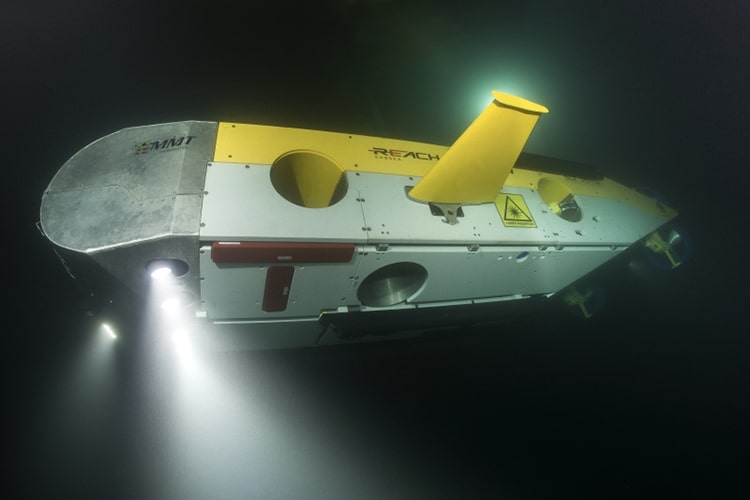
The MMT Surveyor interceptor ROV. (Photo: Black Sea MAP/University of Southampton)
h/t: [IFL Science]
Black Sea MAP: Website | Twitter | Center for Marine Archeology
Related Articles:
Abandoned 100-Year-Old Shipwreck in Australia Is Reclaimed by Nature
Photographer Goes Inside Chernobyl to Document the Post-Meltdown Nuclear Power Plant [Interview]
Stunning Underwater Shipwreck Portraits Taken Off the Shores of Bali
Sea Glass: Learn All About These Beautiful Baubles Found on Ocean Shores











































































